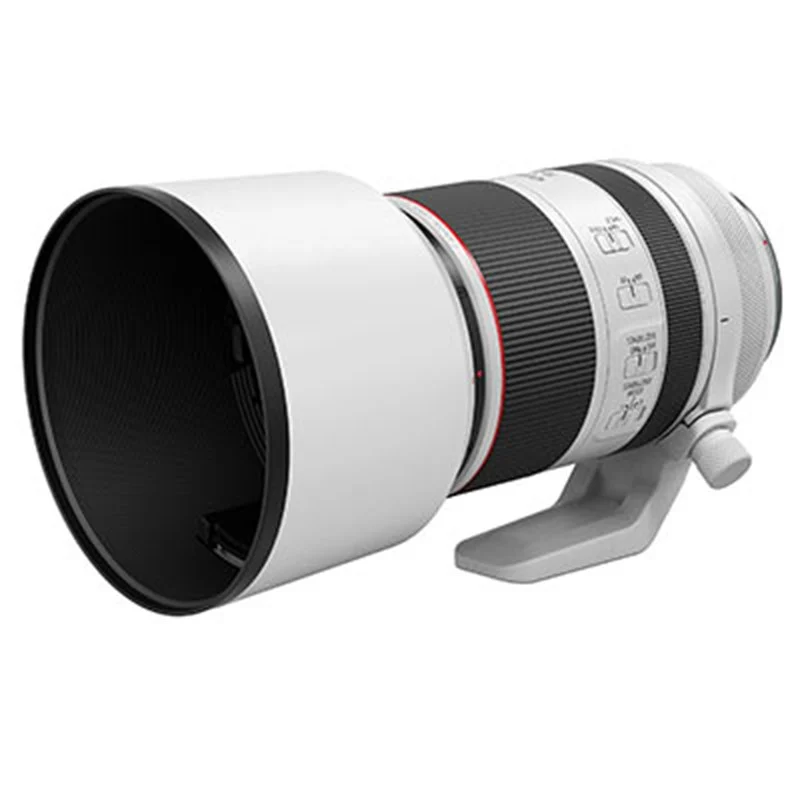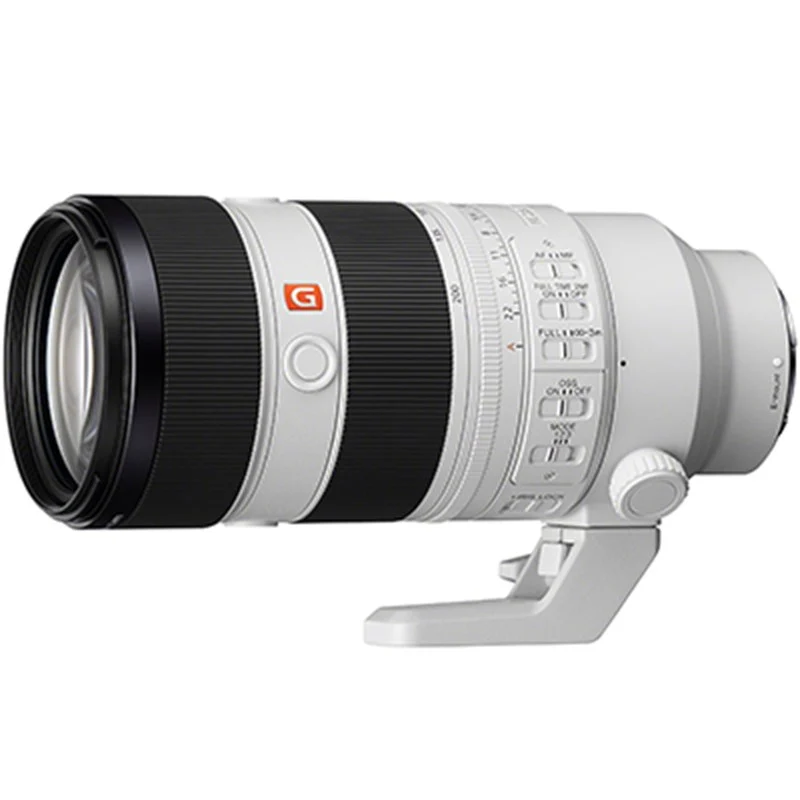Mgahinga Gorilla National Park - One of The Best Destinations to Photograph Mountain Gorillas!
- Mark Fernley
- Jun 16
- 7 min read
Updated: Oct 28
By Mark A. Fernley, Wildlife Photographer & Safari Host at Untamed Photo Safaris
So What is the Best Destination to Photograph Mountain Gorillas?
There are only three places on Earth where one can photograph mountain gorillas in the wild: Rwanda, Uganda, and the Democratic Republic of Congo. Each destination has its merits, but if you’re a serious wildlife photographer looking for an experience that’s both visually captivating and free from the crowds, Mgahinga Gorilla National Park in Uganda stands in a league of its own.
I’ve photographed wildlife across East Africa for years, and Mgahinga remains one of the most underrated photographic gems on the continent. From misty volcano slopes to deeply expressive subjects, the conditions here are simply exceptional for creating meaningful imagery.

Why Mgahinga Stands Apart from others Locations
While most gorilla trekkers head straight to Bwindi Impenetrable Forest, few realise that Uganda is home to another gorilla stronghold, quieter, more intimate, and arguably more photogenic. Mgahinga is smaller, more exclusive, and remarkably cinematic. Where Bwindi often feels like a well-trodden trail, Mgahinga feels like a secret waiting to be discovered. For photographers, this means fewer distractions, better positioning, and the opportunity to truly connect with your subject without being rushed or crowded.
The gorilla group here, the Nyakagezi family, is known for its stability and character. Unlike in some larger parks where family groups are more transient or difficult to track, this group maintains a relatively predictable home range within the park - making it a reliable and rewarding subject for photography. I’ve photographed them on multiple occasions, and their ease around humans allows for unhurried observation and a deeper connection - key ingredients for storytelling through imagery.
And the setting? It’s nothing short of spectacular. Towering bamboo, moss-draped montane forest, and the ever-present silhouettes of the Virunga Volcanoes form a dramatic natural studio. The forest floor is often carpeted in mist, softening the light and creating a timeless, almost surreal atmosphere that few locations can replicate. Every corner offers contrast and mood - dark greens against silver fur, shafts of golden light breaking through canopy gaps. It’s a place where photography feels less like tourism, and more like a cinematic experience - an opportunity to slow down and compose with intention.
What Makes Mgahinga Ideal for Wildlife Photography
So as you ask yourself, what is the best destination to photograph mountain gorillas, I have to lean you towards Mgahinga! For photographers seeking to go beyond the standard record shot and instead capture atmosphere, emotion, and compositionally strong images, Mgahinga offers a remarkably supportive environment. Several key characteristics of the park combine to create a setting that is not only visually rewarding, but also practically well-suited to working with camera gear in the field.
Soft, diffused light: One of the most immediate advantages of shooting in Mgahinga is the quality of natural light. The park’s high-altitude montane and bamboo forests naturally filter sunlight, especially in the early morning. This results in soft, even lighting - ideal for portraiture of gorillas without the harsh shadows you often contend with in tropical rainforests. The light mist common at this elevation acts as a natural diffuser, adding a moody, cinematic quality to your images and helping preserve detail in both highlights and shadows. This environment is a dream for photographers who want to shoot wide open at f/2.8 or f/4 and capture subtle tonal transitions in fur and foliage.
Rich, layered backgrounds:Visually, Mgahinga offers backgrounds that add dimensionality and storytelling context to your images. The interplay of volcanic rock, bamboo stems, dense undergrowth, and the occasional shaft of directional light allows for deep frames with excellent separation. Whether you’re shooting at 70mm for environmental portraits or 200mm for tighter compositions, the forest offers textured, painterly backgrounds that never feel flat. This layering effect enhances subject isolation when combined with a fast lens and careful aperture control.

Fewer visitors = more flexibility: Photographically, crowd control matters. In Mgahinga, low visitor numbers mean fewer distractions, both for you and for the gorillas. You’re rarely jostling for position, which allows you to move deliberately, adjust your angle, and wait for the right moment without feeling rushed. This freedom to get low, reposition silently, or explore different focal lengths greatly increases your chances of capturing unique, clean frames - something far more difficult in busier parks like Bwindi or Volcanoes.
Gorilla behaviour and visibility: The Nyakagezi family - the habituated gorilla group in Mgahinga - has a reputation for being both photogenic and cooperative. Unlike some troops that remain deep in dense vegetation, this group often settles in more open forest areas or at forest edges, where low bamboo and short ground vegetation provide significantly better sightlines. For photographers, this means less obstruction in the foreground and more opportunity for full-body or action shots. The group includes expressive individuals across multiple generations, allowing for shots that range from intimate close-ups to wide-angle behavioral scenes.
Photographing mountain gorillas isn’t just a technical exercise - it’s a slow, intuitive process that requires observation, patience, and an understanding of behavior and light. In Mgahinga, you’re not just given a subject - you’re given the space and conditions to approach that subject thoughtfully and creatively. It’s a rare privilege in modern wildlife photography.

The Ideal Gear for Gorilla Photography
In a setting like this - low light, high humidity, fast-moving subjects - your gear needs to be carefully considered. Here's what I recommend:
Lens: The 70–200mm f/2.8 is the go-to lens for this trek.
Unlike traditional safaris where long glass - like a 500mm or 600mm - is essential, gorilla trekking places you remarkably close to your subjects, often within 7–10 meters. Because of this proximity, a 70–200mm zoom becomes the most versatile and effective tool in your kit. At 70mm, you can capture wider environmental portraits that place the gorillas in context - framing them against the bamboo forest, volcanic rock, or misty undergrowth. At 200mm, you have the reach for intimate, tightly composed shots that emphasize facial expressions, gestures, or eye contact, all while maintaining excellent image quality.
The constant f/2.8 aperture is a significant asset in the dim, filtered light of the forest. It allows you to keep ISO levels manageable while maintaining fast shutter speeds - especially important when photographing movement like a young gorilla playing or a silverback shifting position. That wide aperture also creates a beautifully shallow depth of field, helping to isolate your subject against often busy or cluttered forest backgrounds. The result is a soft, painterly bokeh that draws the viewer’s attention exactly where you want it - on the story unfolding in the frame.
Additionally, most modern 70–200mm f/2.8 lenses (such as Canon’s RF 70–200mm, Nikon’s Z 70–200mm, or Sony’s FE 70–200mm GM OSS) offer exceptional autofocus performance, with internal motors that can quickly lock onto an eye or face - even through partial foliage or shifting light. Paired with eye-detection AF in newer mirrorless bodies, this combo makes capturing sharp, expressive portraits significantly more consistent.
If you only bring one lens into the forest, make it the 70–200mm f/2.8. It’s not just practical, it’s purpose-built for the kind of immersive, emotional photography that gorilla trekking in Mgahinga makes possible.
Canon Nikon Sony
Camera Lenses as Shown Above:
Canon: Canon rf 70-200mm f/2.8l is usm lens
Nikon: Nikon Af-s Nikkor 70-200 f2.8E FL ED VR Lens
Sony: Sony 70-200 f2.8 GM OSS II
Camera bodies:
Canon: R5, R6 Mark II
Nikon: Z6 II, Z8
Sony: A7 IV, A1Each of these full-frame mirrorless bodies offers excellent autofocus and ISO performance—critical when light falls below the canopy.
Accessories:
Weather-sealed or covered bags (you’ll often trek through mist or light rain)
Extra batteries and SD cards
Microfiber cloths for fogged lenses
Lightweight monopod or harness (optional but handy for longer shoots)
The jungle is a living, breathing environment and equipment should be ready for anything.
Why Join a Photography-Focused Gorilla Trek?
As a professional wildlife photographer, my goal isn’t simply to help guests take better pictures, it’s to help them think and see like visual storytellers. Photographing mountain gorillas isn’t about machine-gunning frames and hoping for the best. It’s about reading subtle cues in body language, anticipating behavior, making quick yet deliberate technical decisions, and knowing when not to shoot. You need a feel for light, composition, and emotion - and that’s where the difference lies.
Gorilla trekking presents a constantly shifting photographic environment: dense vegetation, fleeting expressions, low light, and strict time limits. With only an hour in the presence of these animals, there’s no room for guesswork. My role is to ensure that you’re not overwhelmed by the technical pressure, but instead supported in making fast, effective choices with your gear and vision.
When you join us through Untamed Photo Safaris, you benefit from a highly personalised and educational experience:
Real-time guidance on camera settings, composition, and behaviour prediction. Whether you need help understanding exposure balance in low light, switching to spot metering on the fly, or adjusting your focus point placement to isolate a subject’s expression - I'm right there to guide you.
A small group setting, usually no more than 4 photographers. This allows for individualised support, flexible positioning in the field, and the freedom to move without the constraints of a larger tour. You’re not part of a crowd - you’re part of a focused team, all aiming to improve.
Pre- and post-trek sessions tailored to your learning goals. Before we enter the forest, we cover everything from gear prep to shooting strategy - right down to which lens to mount and how to pack for quick access. After the trek, we review images together, discuss what worked, and walk through editing workflows to bring out the best in your files.
Over the years, I’ve guided photographers at all levels - from beginners holding their first mirrorless camera, to professionals building a portfolio. What I’ve learned is that growth happens fast in the right environment. With the gorillas in front of you, and a calm, focused photographer at your side, you’ll begin to see differently - to frame more intentionally, to react more instinctively, and to walk away not just with photos, but with powerful stories captured in every frame.

Final Thoughts
Mgahinga Gorilla National Park may not be the most famous destination for gorilla trekking, but for photographers, that’s exactly what makes it special. It’s quiet. It’s wild. And it allows you to focus, observe, and create.
If you're looking to photograph mountain gorillas with intention and depth - not just capture a bucket-list shot, then I encourage you to look beyond the headlines. Mgahinga will give you something better: connection, story, and soul in every frame.
I’ll be leading a limited-space photo trek to Mgahinga in 2026 through Untamed Photo Safaris. If you’d like to join me for an unforgettable photographic experience, you can find more details here.
Join me in Uganda to experience a Mountain Gorilla and more photo safari of a lifetime where your lens will be given the freedom to explore its limits.












Comments